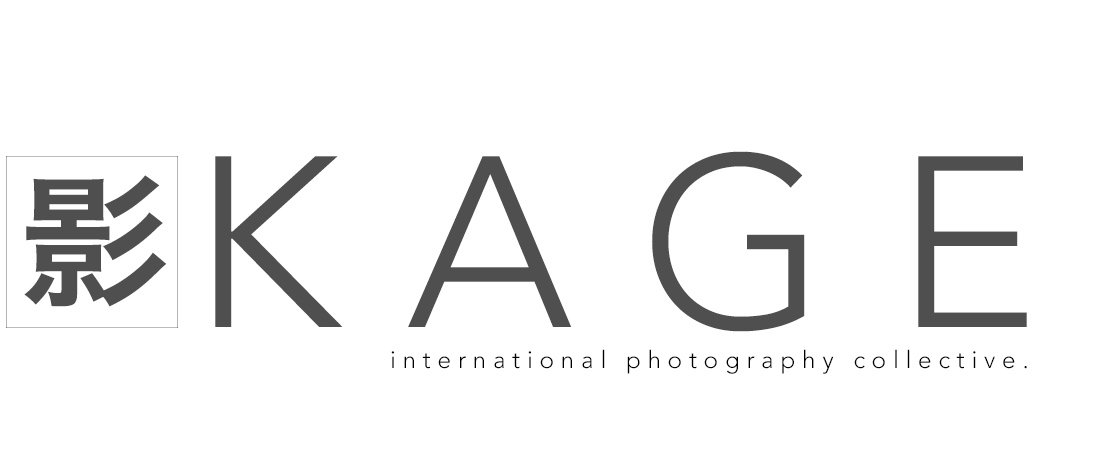Neil Dawson's Ferns sculpture in Wellington New Zealand, with a Hasselblad X-Pan II & 90mm f/4 lens.
By Robert Catto
Okay, look: I get bored easily. I like to find new challenges, new ways of seeing the world.
I’ve talked before on my blog about the late-Nineties Fuji TX / Hasselblad X-Pan film cameras, that put a super-wide double-35mm panoramic frame into a rangefinder body, which was a pretty amazing thing to behold. It was huge, it was glorious - it was single-frame cinema! What was great about discovering it, for me, was simply that I had to figure out how to make that frame WORK.
La Sagrada Familia in Barcelona, Spain with a Hasselblad X-Pan II & 45mm f/4 lens.
Like a lot of people, I grew up with 35mm film & digital cameras; so when I thought about an image, it was always that shape - in portrait or landscape, but always the same proportions. The X-Pan was my first experiment with another shape, and trying to figure out how to make an interesting image within that.
Of course, I didn’t always succeed! It’s not easy, adjusting your brain - but it sure is educational, and I’ve been enjoying that again more recently, years after I stopped shooting film and switched completely to digital photography.
Gannet Colony, Newfoundland Canada with Hipstamatic for iPhone 3G.
I’ll admit it, a few years ago I was one of those photographers who scoffed at phone-cameras, and never thought they’d amount to much. How wrong I was on that one! By the time I got an iPhone, I was as hooked as anyone else; and then, along came Hipstamatic with its square format. I was hooked again, for much the same reason that the X-Pan had first grabbed me.
I think that’s been half the success of Hipstamatic and Instagram - vintage processing aside, the square format is a different beast than the usual 35mm frame. Whether people using it are serious about photography, we all know when something looks right - and it’s a challenge to find new ways to make that happen.
Frosty morning in Hanmer Springs, New Zealand, with 645 Pro for iPhone 4S.
A year or so ago an app called Rando came along - the premise was that you’d send an image, anonymously, to another user somewhere in the world, and get one back from someone, somewhere else. But what they didn’t mention is that the image was a circle - so you’d have to photograph something that worked in a round frame.
Arthur Sherman’s ‘Naissance Bronze’ in Darlinghurst, Australia with Rando for iPhone 5S.
I took a heap of those, as much for the amusement of trying to work with a circular image as to see what I got back - to be honest, I think I was trying harder than a lot of people, but it was still interesting to see what came my way. (I still quite don't count things I take with my phone as real photography though, even if I have had one grace a book cover!)
Winter sun in Surry Hills, Australia with 645 Pro for iPhone 5S.
Since then I’ve been using 645 Pro, which is another app with multiple formats from 6x17 (the closest I’ve got to an X-Pan frame) to square - and of course there’s also the option, as many people pointed out on my earlier post, of stitching individual images, or even built in sweep panoramas on some cameras, Fuji X-Series & iPhones included.
Terrible sweep panorama in Banff, Canada, with iPhone 5S. (Too much stuff in the near foreground!)
But there are shortcomings there, too - especially if you’re on a wide-angle lens like an iPhone, with anything close to you (like the ground you’re standing on, for example). And if there’s movement or action in the frame, something as simple as waves can make that a horrible mess. Unless you're in an unusual vantage point, you really need to be on a longer lens just to keep the perspective relatively normal in the final image.
Better sweep panorama in Sydney, Australia with Fuji X-Pro 1 & 18mm f/2 lens. (Taken from a balcony, so no foreground problems this time.)
So, I miss the X-Pan a little, still - because sure, I could stitch, or crop, and make another image into that shape; but I don’t think that counts, because I’m not seeing it through the viewfinder as I take it - I'm not actually inspired to take that image by how I'm seeing it, in the moment.
If it’s not your intent, or your chosen field of view when you take it, it doesn’t feel honest to me. And if it isn’t honest...well, what’s the point?
Here's one last image, taken a few years back with the old Hasselblad X-Pan II - try to catch THAT with a sweep panorama! Cropping is fine - but seeing is everything.
Glenelg Wharf, Adelaide South Australia with Hasselblad X-Pan II & 45mm f/4 lens.










